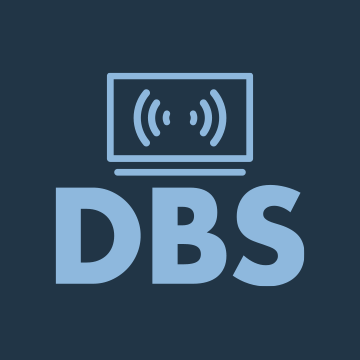I think headless means there are no video outputs on the DVR, i.e. HDMI,Component/Composite/RF. I think a network tuner might affect the responsiveness of changing channels, but not affect the navigation of the user interface.
It would depend on the capabilities of the front-end device you're using. For instance, I use the Channels app on an Apple TV 4K box as my front-end device in conjunction with a headless network OTA tuner (HDHomeRun Connect). But because the Apple TV has hardware-enabled decoding for MPEG-2 and can easily de-interlace 1080i and 480i signals in software, there's zero need for transcoding. The Apple TV and the network tuner (as well as the Mac I use for OTA DVR recordings) are all connected to the router via ethernet. Everything is fast and responsive. Live channels change in under 1 second. I really see no difference in responsiveness versus just connecting an OTA antenna straight into my LG TV and changing channels there with the LG remote.
But that's a best-case scenario. If you're using a less powerful streaming device and/or wifi connections, channels might change more slowly. And many models of Roku cannot do MPEG-2 decoding (or de-interlacing), so the only way they can work with OTA tuners is if the signal is first transcoded to progressive-scan MPEG-4, which introduces lag in channel changes and can also soften the picture a bit.




